In a country where armored vehicles roam the streets like metal behemoths, the stark disparity between the protection afforded to automobiles and that provided to the individuals safeguarding our communities couldn’t be more striking. Welcome to the perplexing world of law enforcement in Italy, where the safety of police officers often takes a backseat to the unrelenting bureaucracy and a curious mindset of “it won’t happen to me.”
As a former officer of the Italian Police, I’ve had my fair share of encounters with this paradoxical reality. Picture this: government-issued armored cars that could withstand a barrage of bullets, yet when it came to personal protection, officers were handed expired bulletproof vests. Yes, you read that right – expired, as in past their prime and potentially ineffective in a life-threatening situation.
In this article, we’ll delve into the critical issue of bulletproof vests for law enforcement.
We’ll explore the glaring gap between the safety measures in place for vehicles and the ones designed to protect the individuals standing between danger and our society. But first, let’s understand the importance of bulletproof vests in ensuring the safety of our police officers.
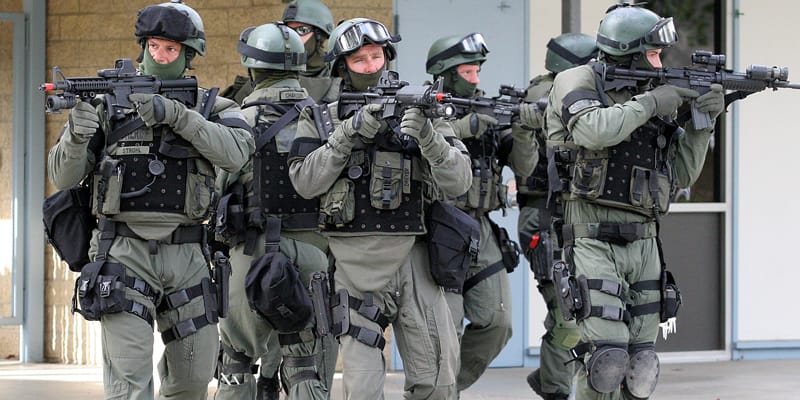
Types of Bulletproof Vests
Bulletproof vests constitute a crucial part of the personal safety equipment for law enforcement professionals and security agencies. To fully grasp the significance of these garments, it is necessary to delve into the various types available, as well as the materials used in their construction and the levels of protection they offer.
Types of Bulletproof Vests:
- Rigid Vests: These vests are designed with rigid materials like ceramic or ballistic steel. They provide exceptional resistance against bullets of various calibers and can be the ideal choice in high-risk situations. However, the rigid nature of the materials makes them less comfortable and may limit the operator’s mobility.
- Flexible Vests: This category encompasses bulletproof vests made from soft and flexible materials such as Kevlar, Dyneema, and Twaron. These materials are known for their combination of strength and lightweight properties, making them a popular choice among security personnel. Flexible vests offer good mobility and comfort while maintaining a significant level of protection.
- Multi-Layered Vests: Some vests combine rigid and flexible materials in multiple layers. For example, a vest may feature rigid panels in the front and back for superior protection against frontal threats, while the sides may use flexible materials to allow greater mobility.
- Modular Vests: Modular vests allow users to customize their level of protection by adding or removing ballistic panels based on specific operational needs. This modularity enables users to adapt the vest to various situations while maintaining a certain level of comfort.
Levels of Protection:
Bulletproof vests are evaluated according to specific ballistic standards that define their ability to resist bullets of varying sizes and velocities. The most common protection levels include:
- NIJ Level II: Protects against 9mm FMJ (Full Metal Jacket) and .357 Magnum JSP (Jacketed Soft Point) bullets.
- NIJ Level IIIA: Provides protection against 9mm and .44 Magnum bullets, including those with soft tips.
- NIJ Level III: Shields against 7.62mm and 5.56mm NATO caliber bullets, such as those fired from assault rifles.
- NIJ Level IV: This level offers advanced protection against armor-piercing bullets like 7.62mm AP (Armor-Piercing) projectiles.
The choice of protection level depends on anticipated threats and specific operational requirements. It is important to note that the effectiveness of a bulletproof vest can vary depending on various factors, including the angle of bullet impact and the firing distance. Therefore, selecting the most suitable vest for the operational context is essential.
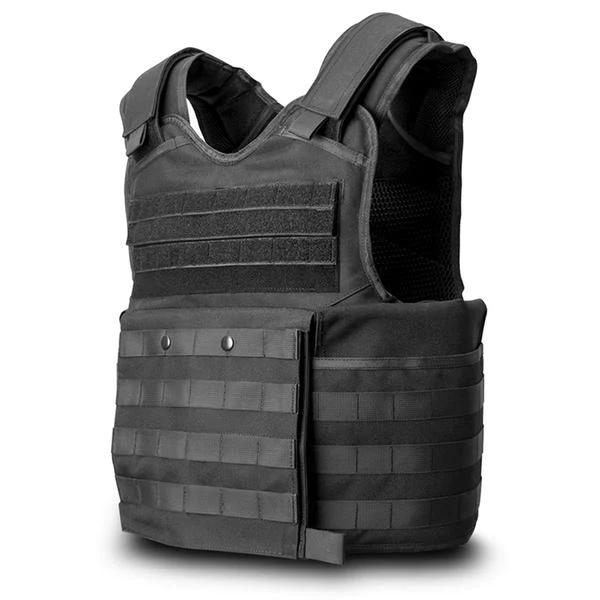
State Commitment and Law Enforcement Mindset
In a world where armored vehicles glide down the streets like modern-day tanks, the stark contrast between the safety measures extended to automobiles and those provided to the dedicated individuals safeguarding our society becomes all the more glaring. Let us delve into the puzzling realm of law enforcement, transcending borders and echoing the sentiment of an American police officer I had the privilege of patrolling alongside in the vibrant state of Florida.
The State’s Perception of Safety:
In the realm of law enforcement, the state plays a pivotal role as the custodian of public safety. However, as we embark on this journey of exploration, we must ponder the state’s perception of safety. It’s a tale of contrasts, where gleaming armored vehicles, impervious to bullets and shrapnel, roam the streets as symbols of invulnerability. The message is clear: we must protect our vehicles at all costs. Yet, when it comes to safeguarding the lives of the brave men and women who put themselves on the frontline to ensure our safety, the narrative takes a perplexing turn.
A Provocative Question:
The essence of this conundrum is encapsulated in the poignant question raised by the American police officer: “Why is it that in this country, we armor our cars, but our police officers lack bulletproof protection?” It’s a question that reverberates globally, transcending borders and boundaries. It highlights a fundamental incongruity in our priorities, raising the uncomfortable specter of neglect and indifference towards those who bear the brunt of safeguarding our communities.
Challenges in Organizational Culture and Law Enforcement Mindset:
As we confront this enigma, we must acknowledge that it is not solely a matter of resource allocation or logistical challenges. It goes deeper, into the intricate web of organizational culture and the mindset of those entrusted with maintaining law and order. Within the law enforcement community, there exists a unique ethos, a code of honor that often dismisses personal safety as secondary to the call of duty.
The challenges are multifaceted. It is the officer who, in the scorching heat of summer, refuses to don a bulletproof vest because “it’s too uncomfortable.” It is the sergeant who, mired in bureaucratic tape, overlooks the expiration date of critical protective gear. It is a culture that breeds the dangerous notion of invincibility, a belief that “it won’t happen to me.”
In this paradoxical world, we find officers more willing to face the wrath of a hail of bullets than the discomfort of wearing a bulletproof vest. It’s a mindset that must be challenged, a culture that demands transformation. It’s time for a seismic shift in priorities, a reevaluation of what it truly means to protect those who protect us.
As we journey through this exploration, we cannot help but raise our voices in protest, calling for change, accountability, and the recognition that the lives of those who safeguard society are as invaluable as the armored vehicles that roll down our streets. It’s time to challenge the status quo, to dismantle the barriers of complacency, and to demand that the protection of our guardians becomes an unequivocal priority.
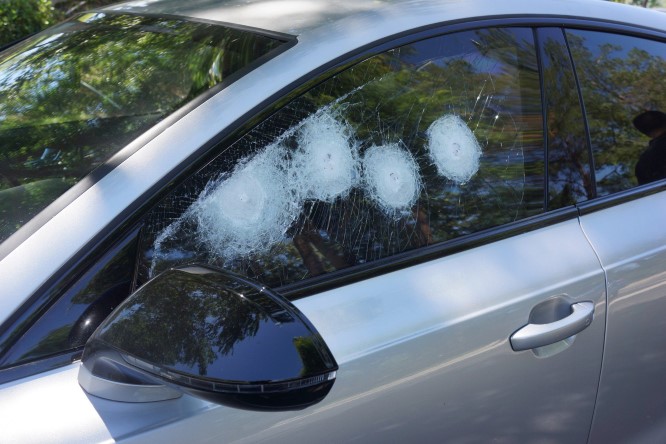
Psychological and Training Impact
Psychology plays a fundamental role, beyond the more ‘obvious’ aspect of direct protection. In many countries, such as Italy, the bulletproof vest is still seen as a tool reserved for specialized units, and the street-level police officer is perceived as having little need for protection, as if a T-shirt with the word ‘Police’ is more than sufficient. Thanks to Grossman and his visionary approach, which has effectively saved thousands of lives, we can have a clearer explanation
The Psychological Toll:
The absence of proper bulletproof protection has far-reaching implications, with perhaps the most palpable being the psychological toll it exacts on our dedicated law enforcement officers. Imagine the mental calculus an officer must perform when heading into a potential life-threatening situation. A surge of adrenaline courses through their veins, and fear looms like an ominous specter. In this perilous moment, one might ask, “Am I truly prepared for this?”
The lack of trust in the equipment provided, or the fear of discomfort that comes with wearing an expired and ill-fitting vest, chips away at the psychological armor of our brave officers. This, in turn, can erode their confidence, their sense of security, and ultimately, their ability to perform effectively under duress.
The Grossman Perspective:
Lieutenant Colonel Dave Grossman, a renowned authority on the psychological effects of combat and law enforcement operations, sheds light on the profound impact of this predicament. He has aptly coined the term “sheepdog” to describe law enforcement officers – those who protect the flock from the wolves. However, even the bravest sheepdogs can falter when their own protection is inadequate or unreliable.
Grossman’s research underscores the importance of equipping our officers with the tools and confidence they need to confront the ever-present threat of violence. A bulletproof vest, when worn with certainty and trust, can serve as a psychological shield, enabling officers to focus on their duties without the constant nagging doubt about their own safety.
The Crucial Role of Training:
Yet, the solution is not merely in providing these protective garments; it also lies in comprehensive training. Training is the crucible where fear can be transformed into courage, where doubt can be replaced with confidence. Proper training instills the knowledge that the vest is not just a piece of equipment but a lifeline, a shield that can make the difference between life and death.
It is through training that officers learn not only how to wear a bulletproof vest but why they should wear it. It’s the place where they understand that personal safety is not selfishness but a prerequisite for effective service. Training instills the mindset that prevention is better than reaction, and that every officer’s life is invaluable.
In the realm of law enforcement, we must recognize that bullets and threats do not discriminate based on comfort or convenience. It’s a high-stakes world where officers bear the brunt of societal dangers. The psychological and training impact of proper protection is not a luxury; it’s a necessity. It’s the foundation upon which law enforcement agencies must build the confidence, security, and effectiveness of their officers. It’s time for a paradigm shift that acknowledges the essential role of bulletproof vests and comprehensive training in preserving the lives of those who safeguard our communities.
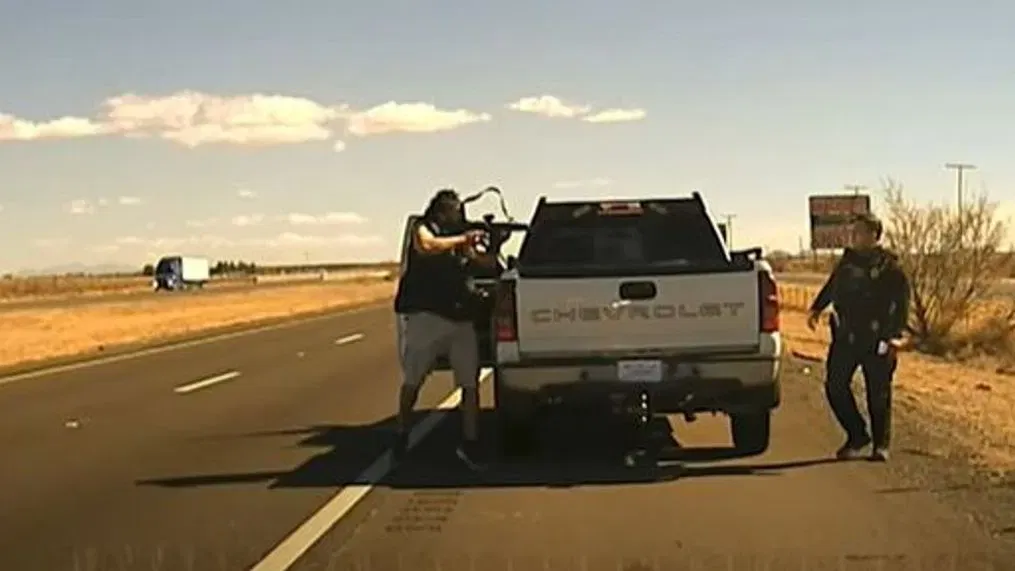
Common Excuses and Practical Solutions
In the perplexing world of law enforcement, where priorities seem to be as confounding as a maze, we arrive at a peculiar juncture – the common excuses put forth for not donning a bulletproof vest. It’s a topic that beckons us to explore the remarkable intricacies of human nature, complete with the complexities of comfort and the quest for convenience. But fear not, for we shall not leave you in despair. We’ll also venture into the realm of practical solutions, where positivity and motivation reign supreme, and the unyielding message is clear: safety first, always.
The Art of Excuses:
Ah, excuses – those elusive justifications that humans conjure with astonishing creativity. In the world of law enforcement, where the stakes are high and danger lurks around every corner, the excuses for not wearing a bulletproof vest seem to be a product of sheer ingenuity. Let’s take a tour of some of these classic alibis, shall we?
“It’s Too Uncomfortable:” Ah, the age-old discomfort argument. It’s almost as if we expect our law enforcement officers to saunter through their duties in the comfort of plush armchairs. Who needs a bulletproof vest when you could just wear a feather-light linen shirt, right?
“It’s Too Hot:” The weather, that perennial nemesis. Apparently, a few degrees on the thermometer are all it takes to render a life-saving piece of equipment utterly obsolete. Let’s just hope those pesky criminals plan their activities around cooler seasons.
“I Can’t Move Freely:” The mobility conundrum. Heaven forbid that an officer be able to bend, twist, or dodge a bullet! It’s almost as if we’ve forgotten that these vests are designed to balance protection with mobility.
Sarcasm aside, let’s pivot to practical solutions:
- Comfortable and Breathable Materials: Imagine a world where bulletproof vests are as comfortable as your favorite lounge chair. The reality is, technology has come a long way, and modern vests are designed with comfort in mind. Innovative materials like moisture-wicking fabric can keep officers cool, even in sweltering conditions.
- Proper Sizing and Fit: It’s time to dispel the myth that all bulletproof vests are one-size-fits-all. Ensuring that officers have access to vests that fit them perfectly is crucial. Customized sizing and adjustable features can make a world of difference in comfort and mobility.
- Cooling Systems: For those hot summer days, cooling systems integrated into vests can be a game-changer. These systems use advanced technology to keep the wearer’s body temperature at a comfortable level, even when the sun is blazing.
- Training and Education: Sometimes, the solution is as simple as better education. Officers need to understand the life-saving potential of their equipment. Training programs that emphasize the importance of vests and the real-world scenarios where they make a difference can be highly effective.
- Peer Influence and Culture Shift: A culture that prioritizes safety is one that fosters responsibility. Encouraging officers to set an example for their peers by consistently wearing vests can create a positive shift in the law enforcement community.
- Leadership Support: Strong leadership can set the tone for the entire organization. When leaders consistently advocate for vest usage and ensure that their officers have access to high-quality equipment, it sends a powerful message.
It’s time to recognize that excuses, no matter how creatively crafted, cannot trump the importance of officer safety. The solutions are here, and they are within reach. It’s not about sacrificing comfort; it’s about enhancing it. It’s not about stifling mobility; it’s about preserving it. Let us, as a society, stand united in our resolve to prioritize the safety of those who risk it all to protect us. The message is clear: excuses won’t save lives, but action will.
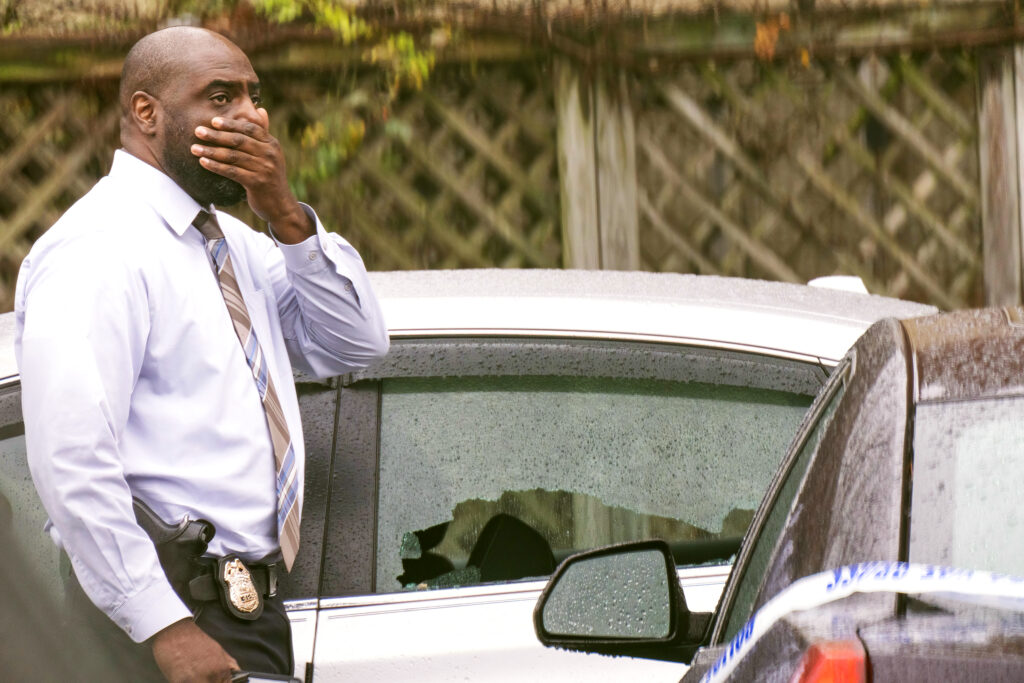
I don’t know if you, who are reading this, consider yourself to be a good police officer, if your enlistment was driven forward by passion and dedication. If, as I believe (because those without passion certainly wouldn’t be reading articles like this), your goal is to ‘serve and protect,’ then you must remember some simple rules:
Do not listen to the naysayers within the police force, the disinterested, and the demotivators.
Continuously educate yourself, read, and learn.
Decide beforehand what kind of police officer you want to be.
Remember a phrase that I had printed on my riot helmet: ‘It’s always better to face an ugly trial than attend a beautiful funeral.’
Surround yourself with motivated and proactive colleagues.
Offer solutions, and don’t dwell on problems.
These are few and simple rules that, however, make a total difference in your work and in your profession

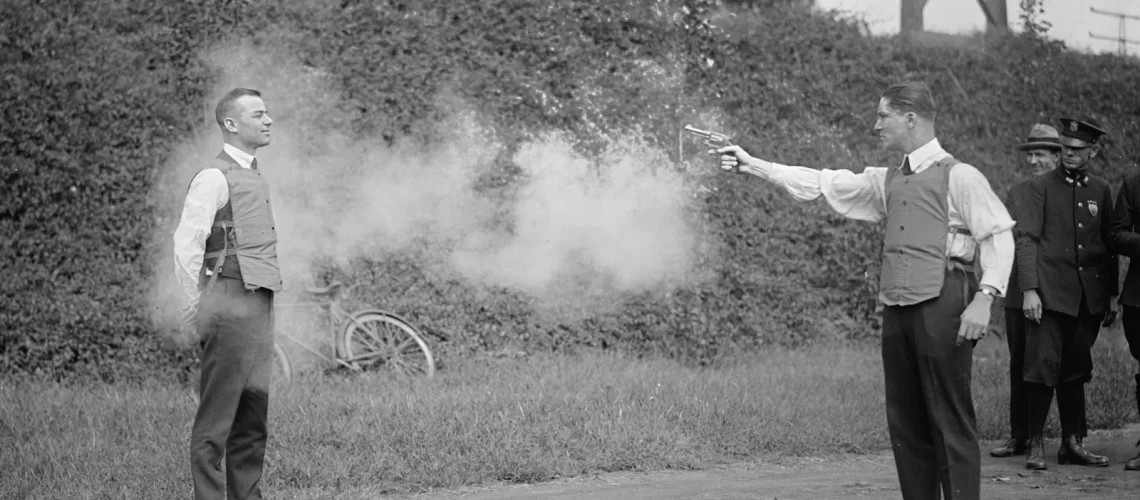

Un commento